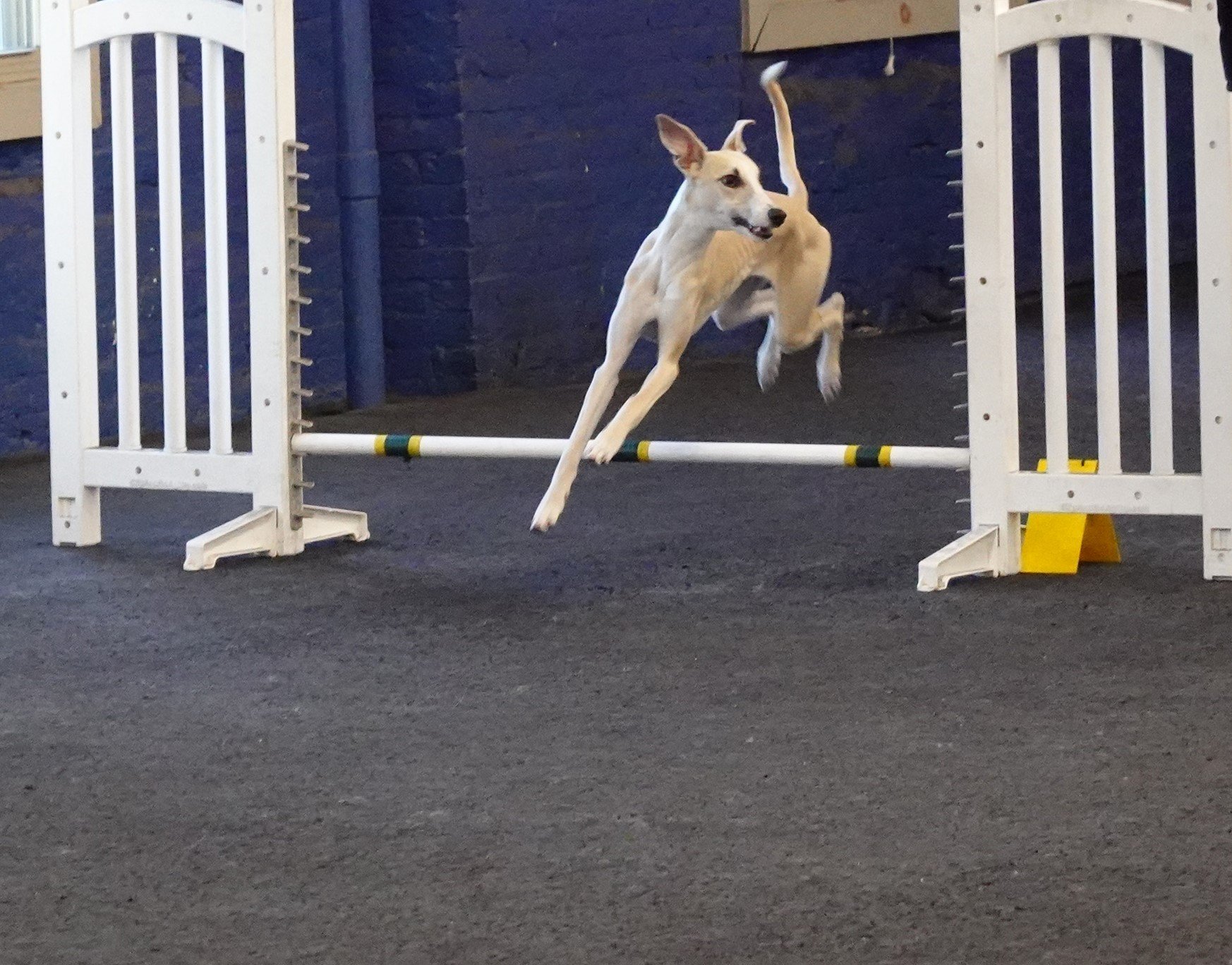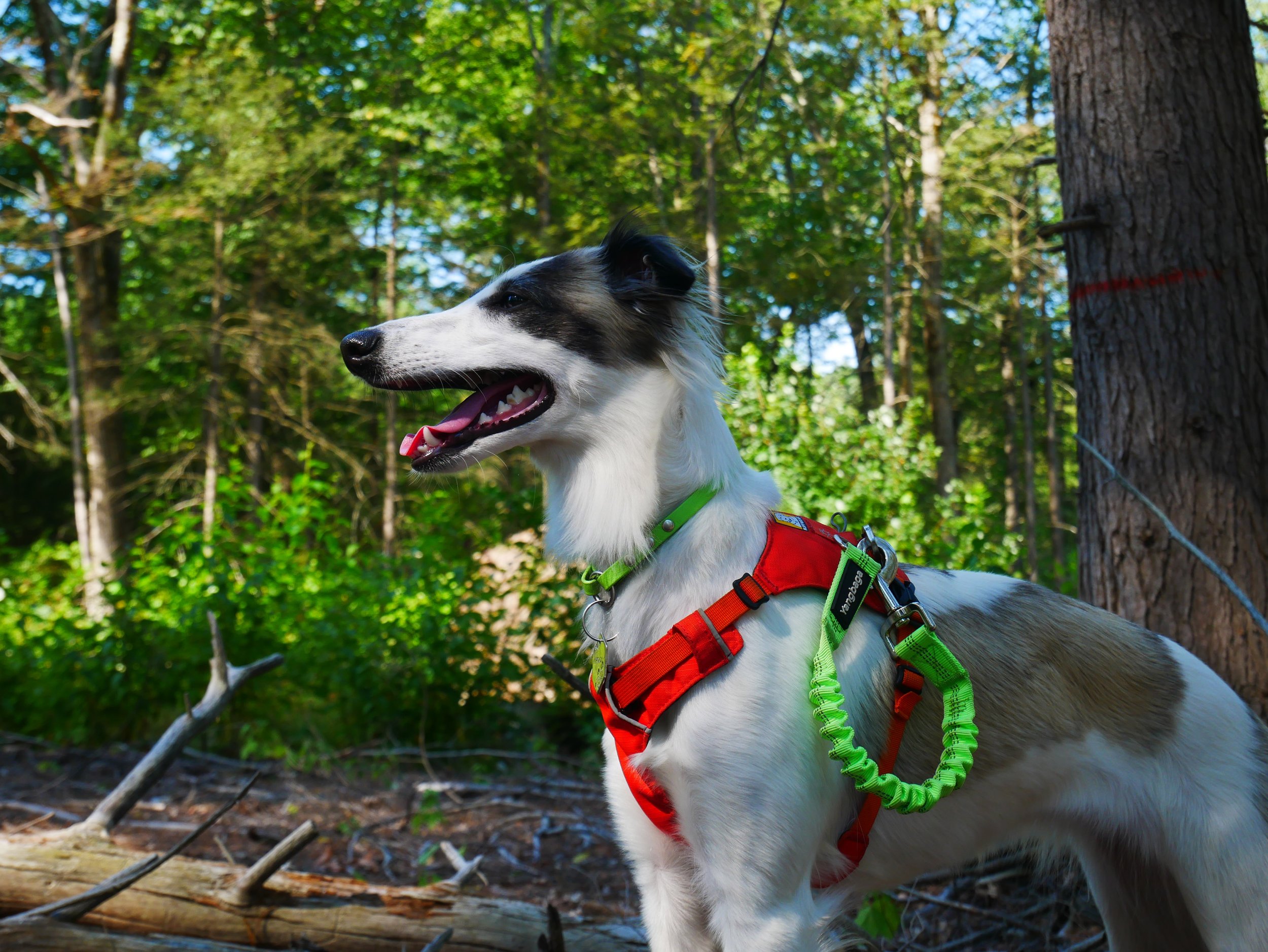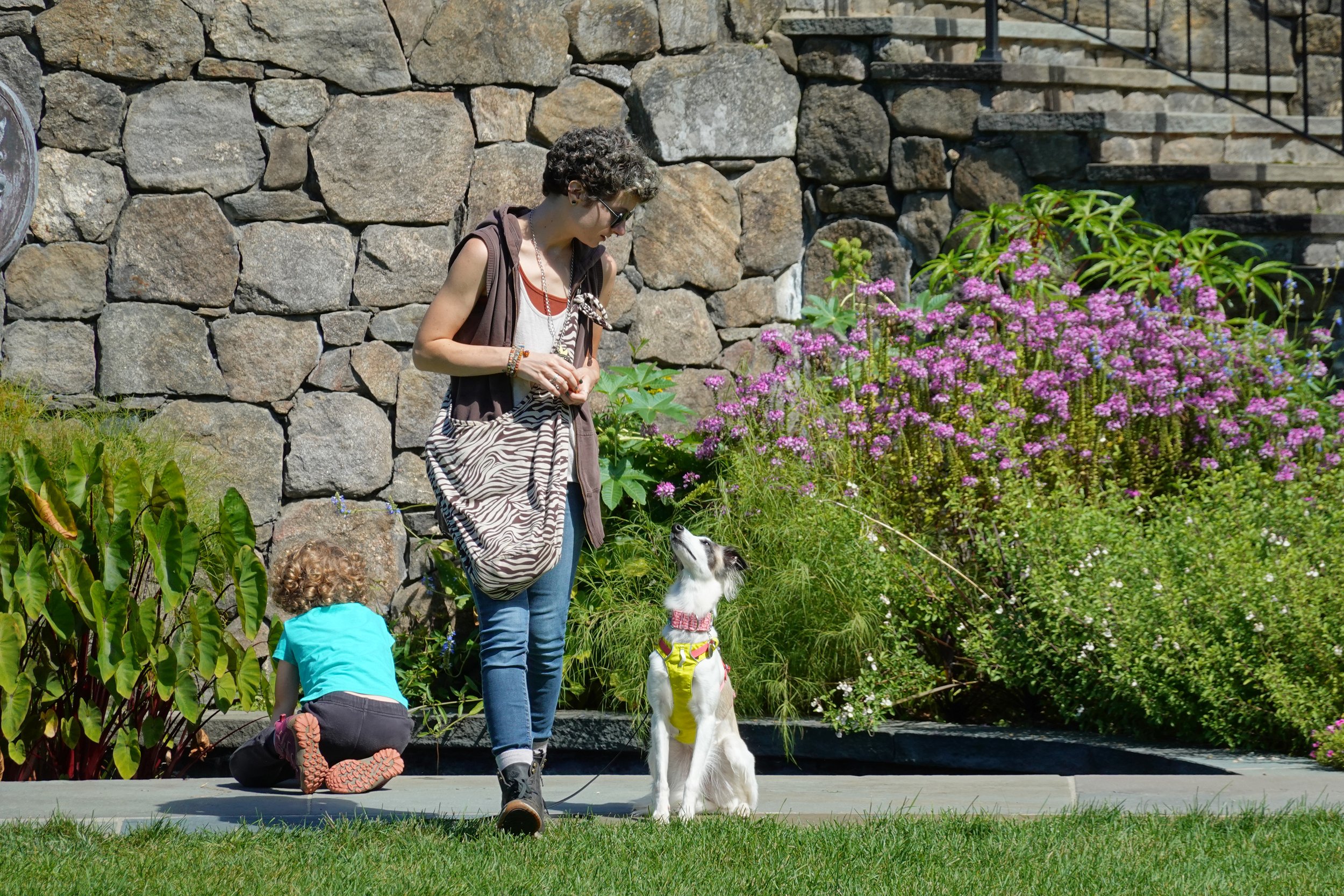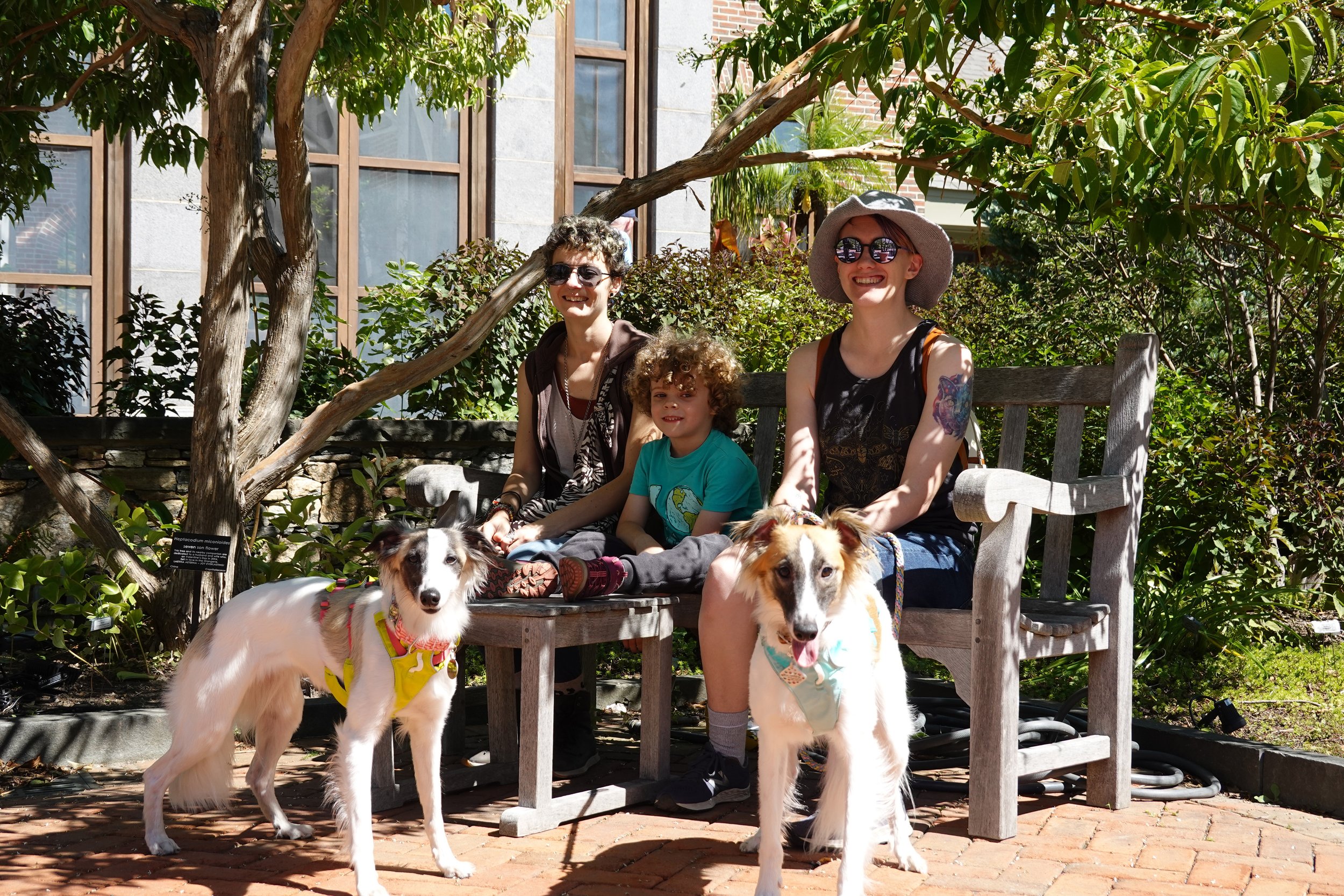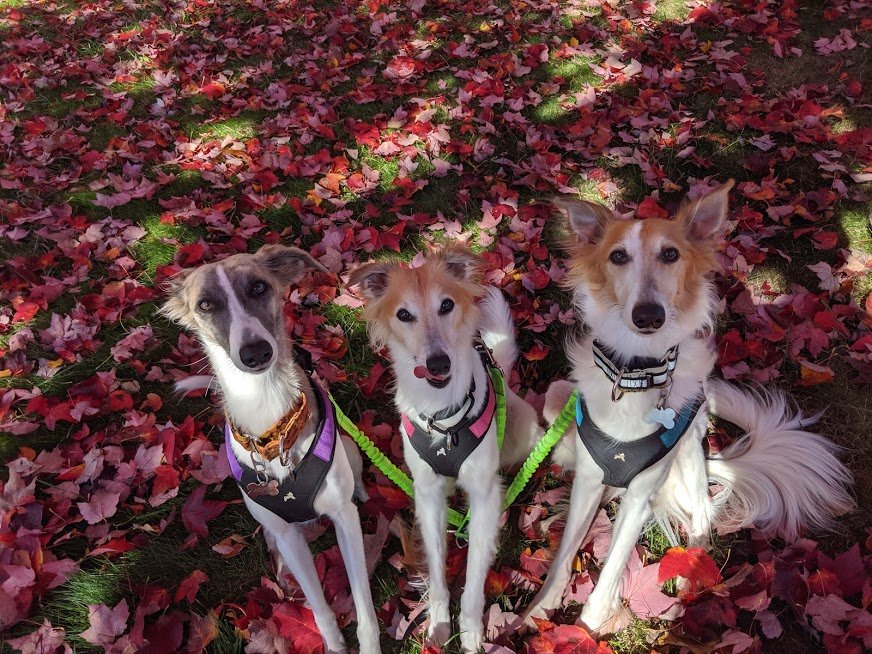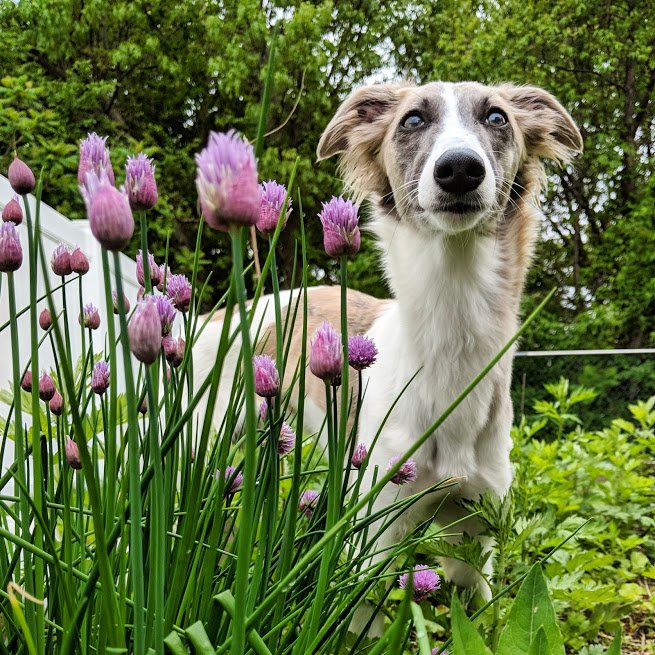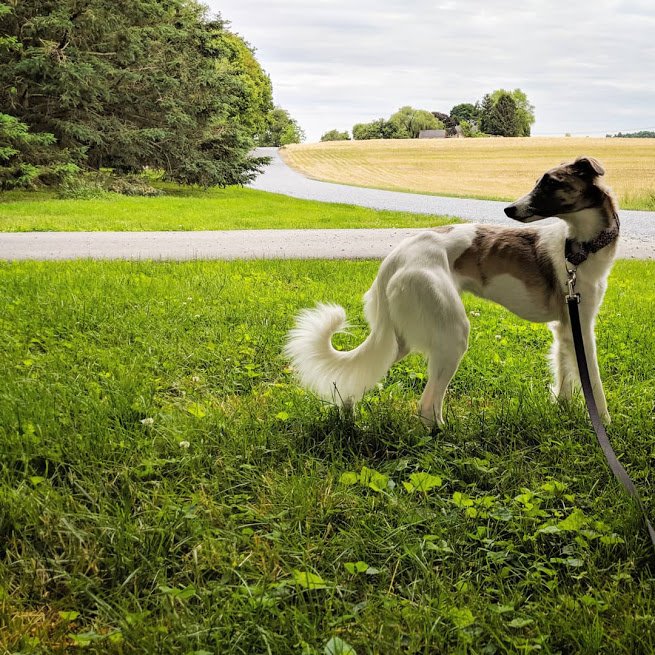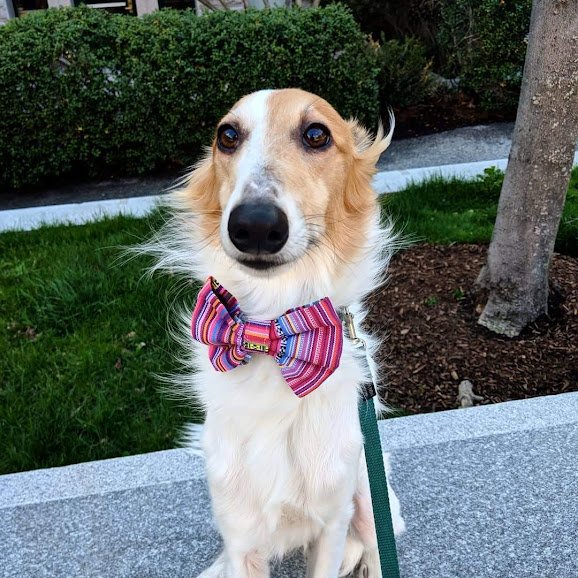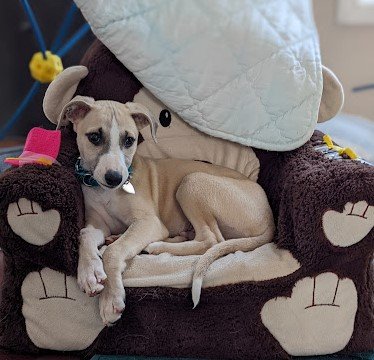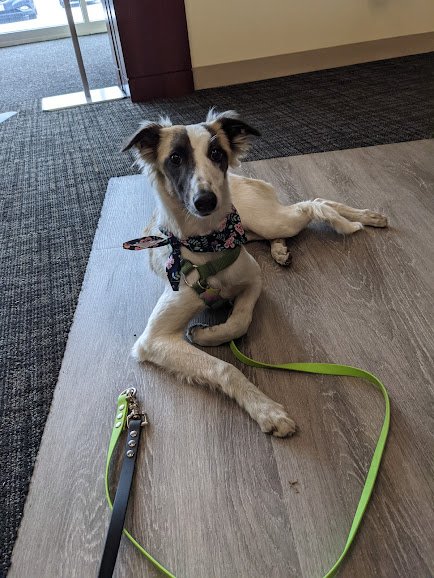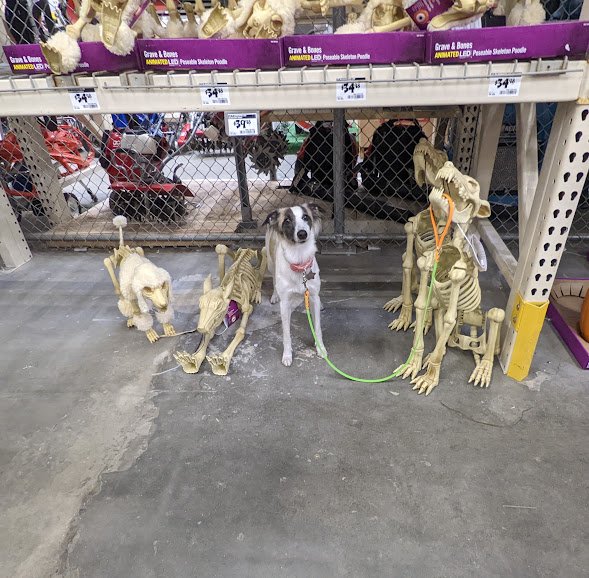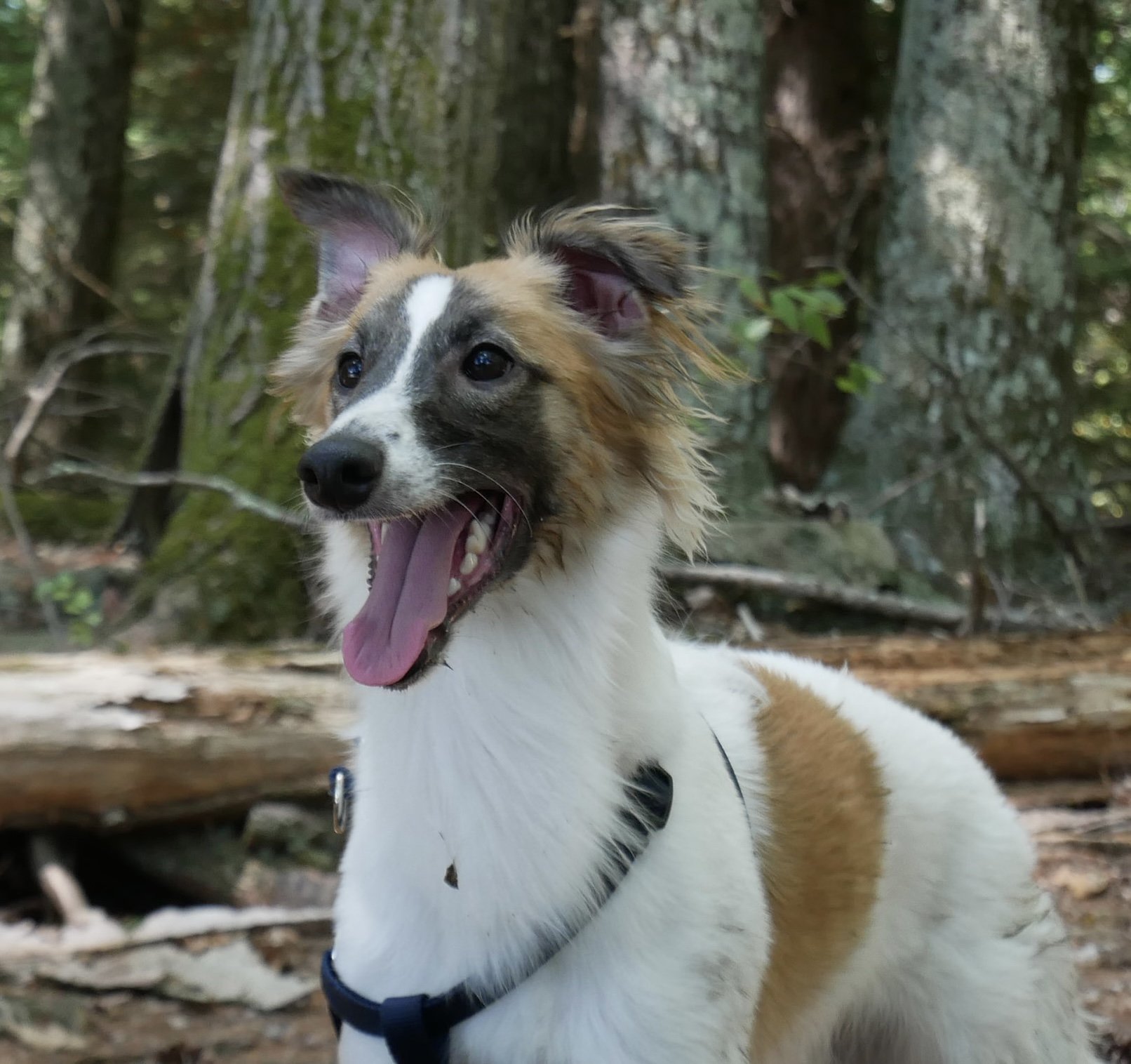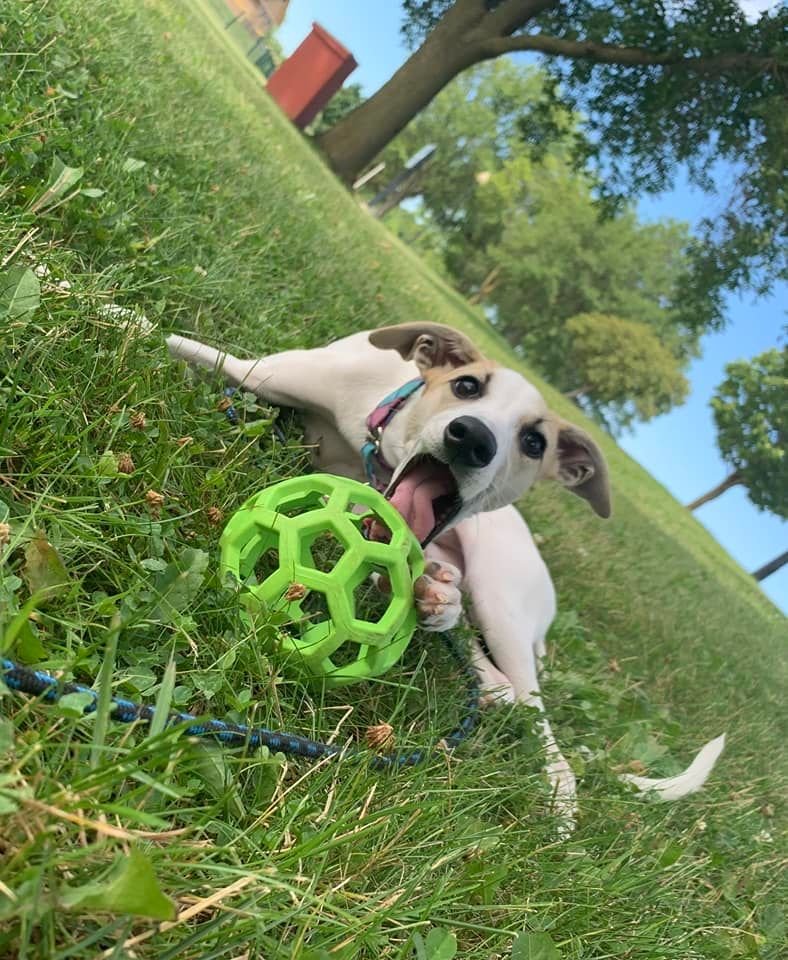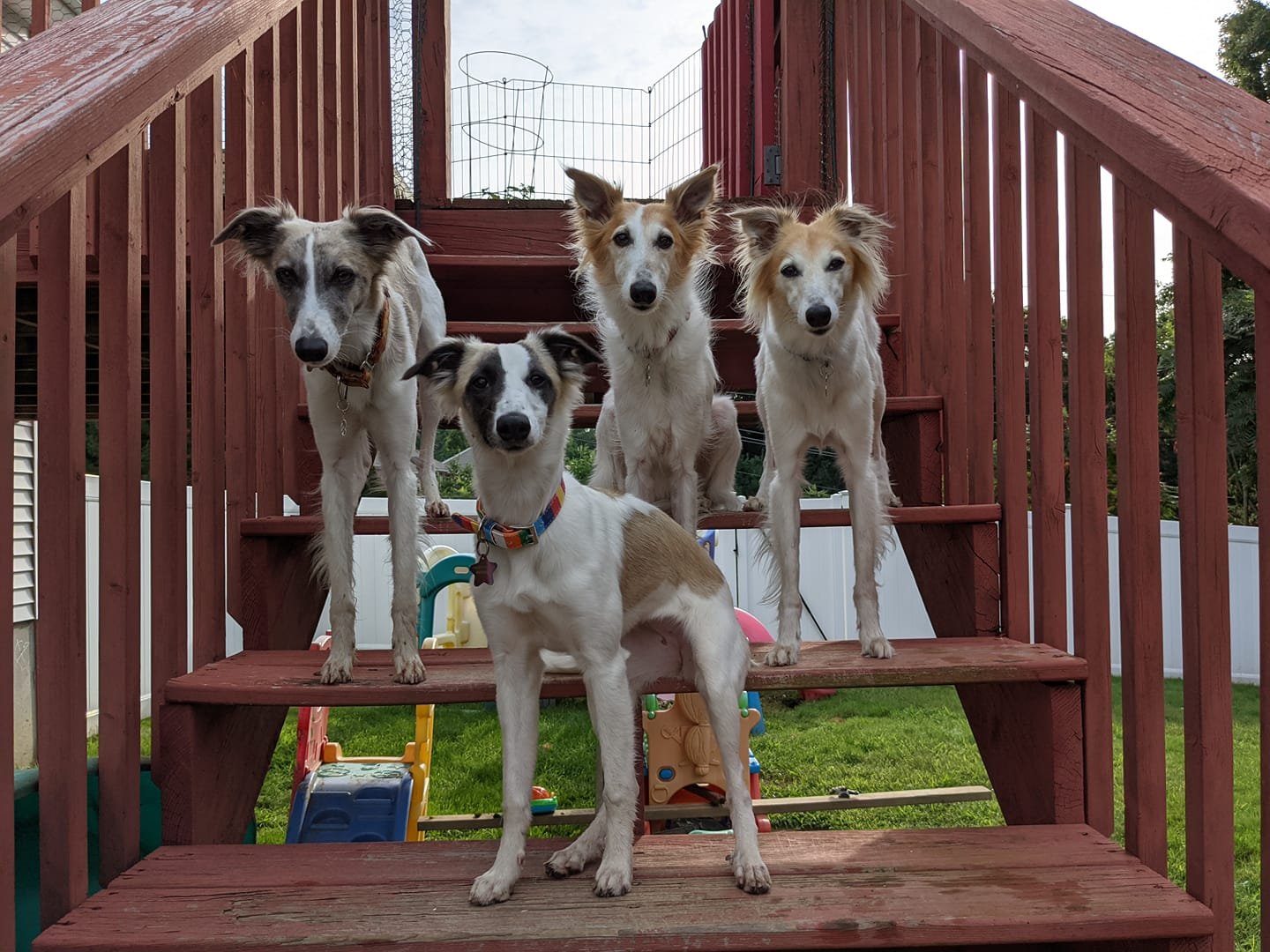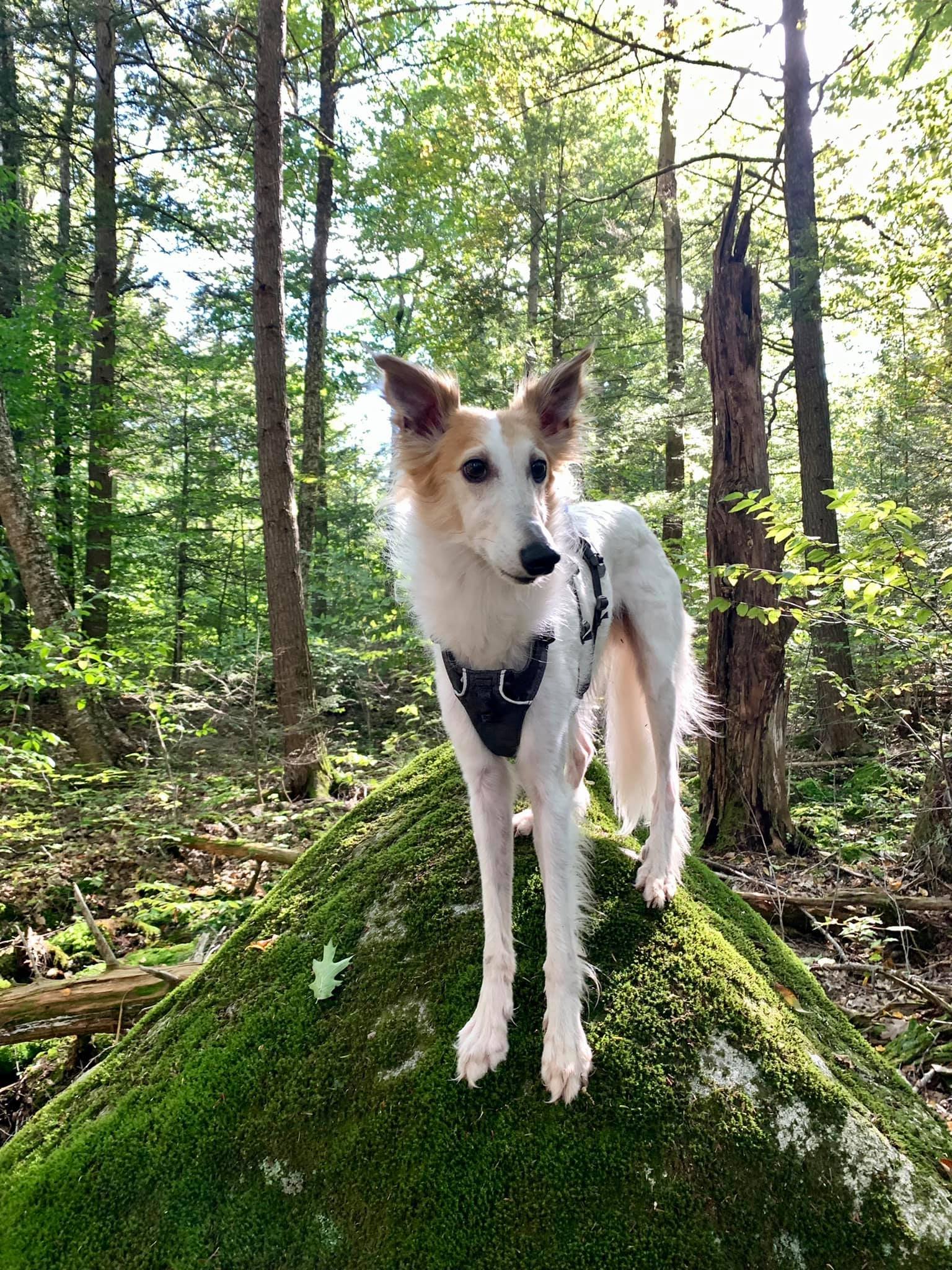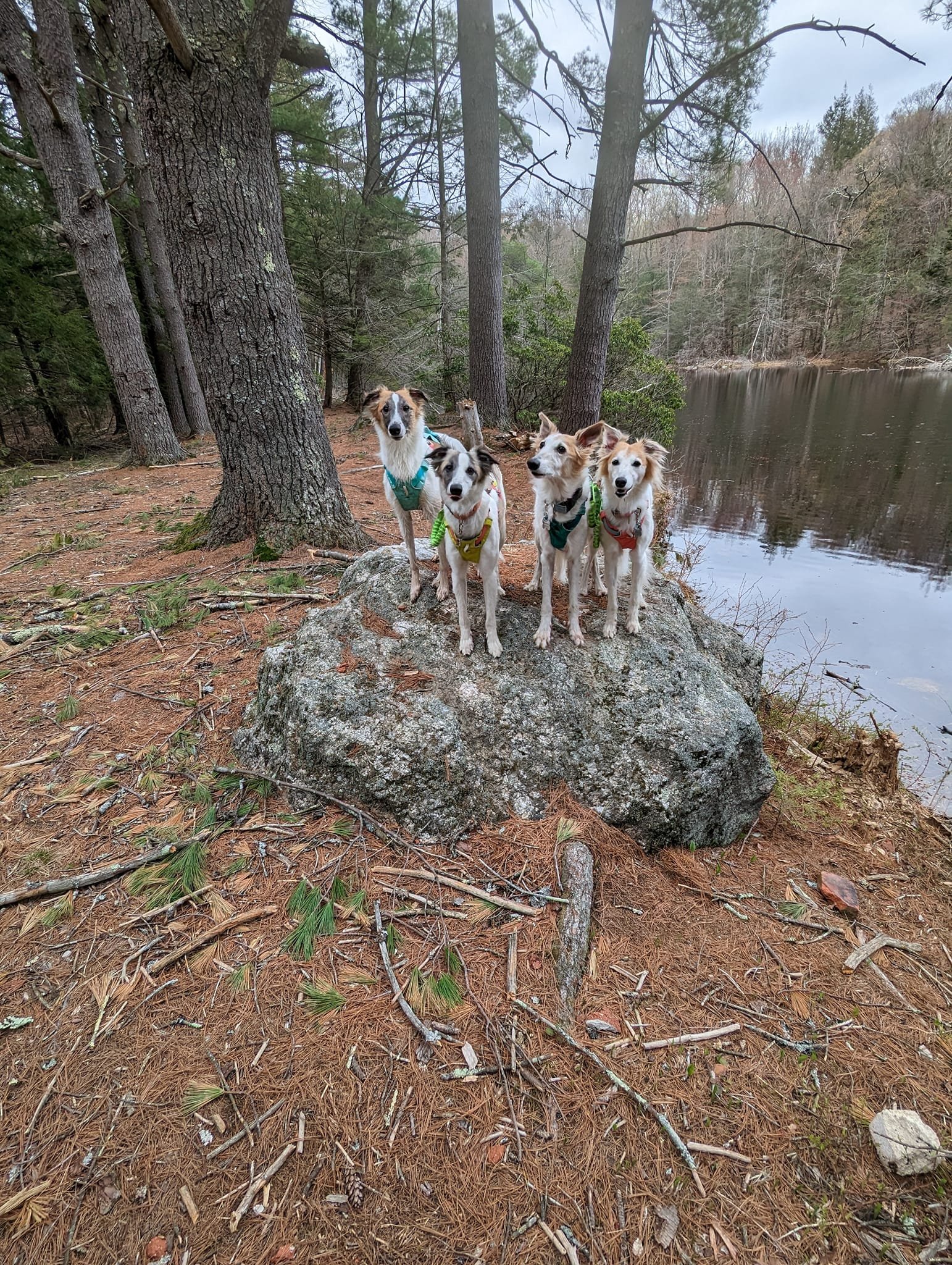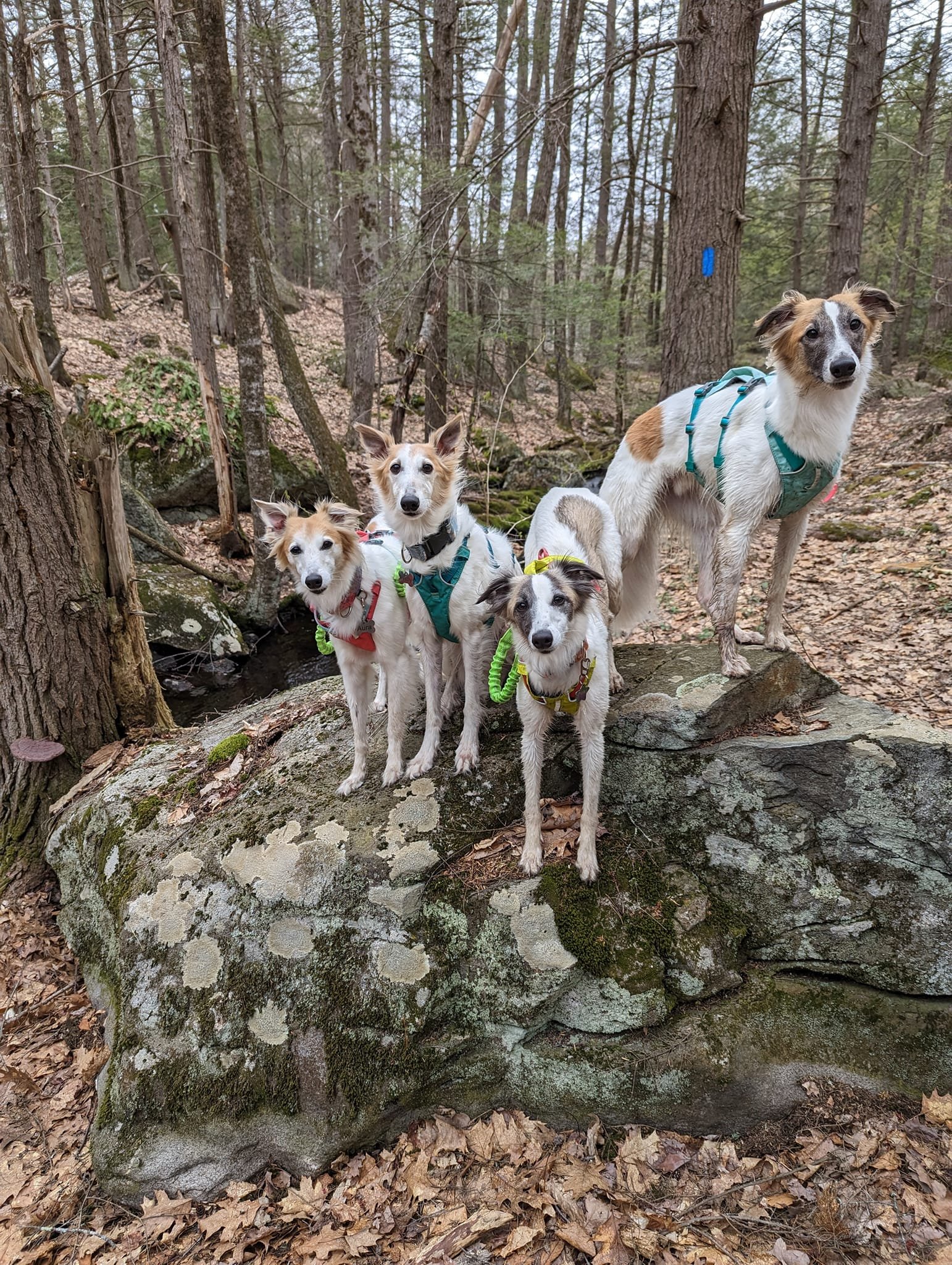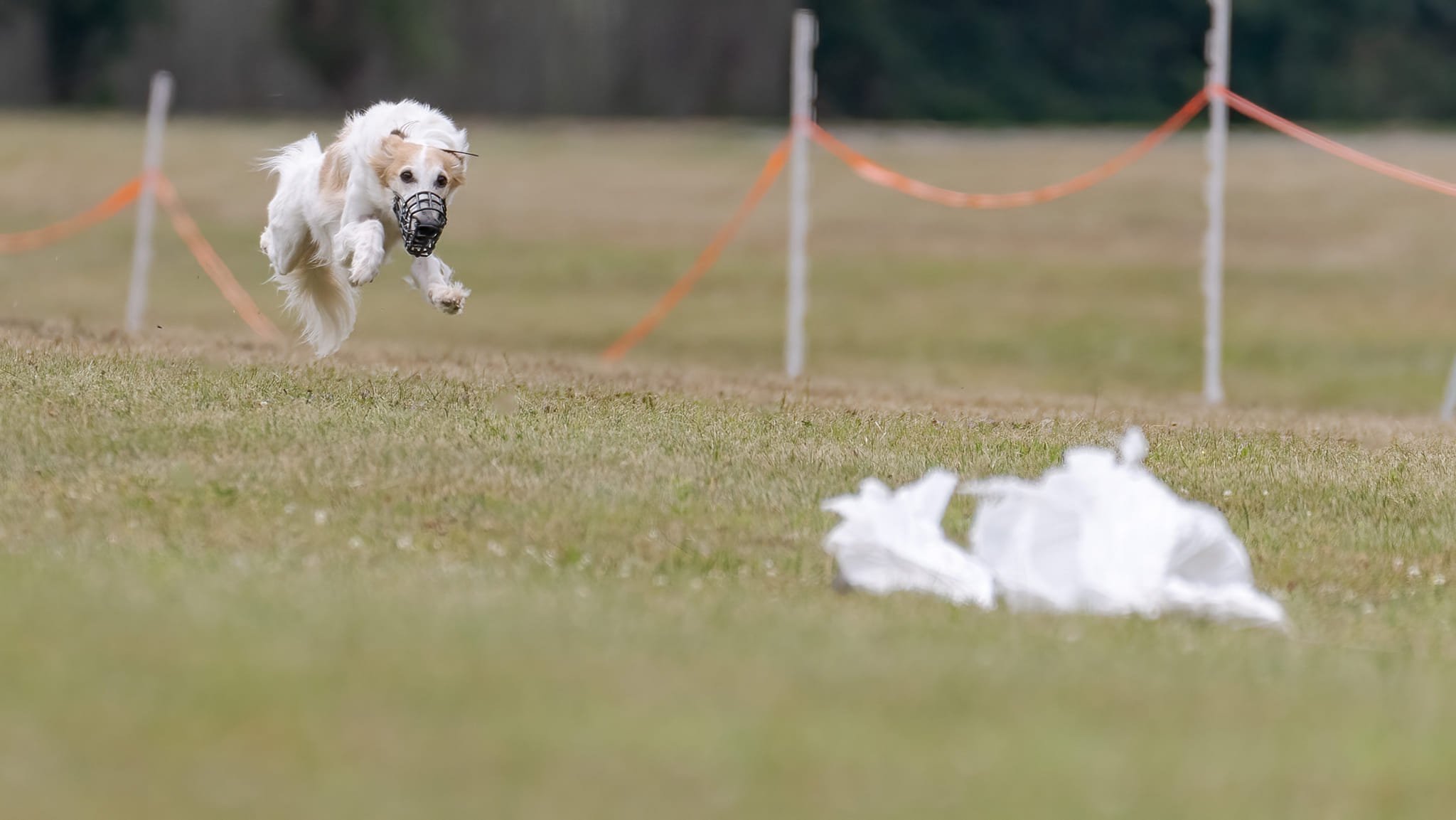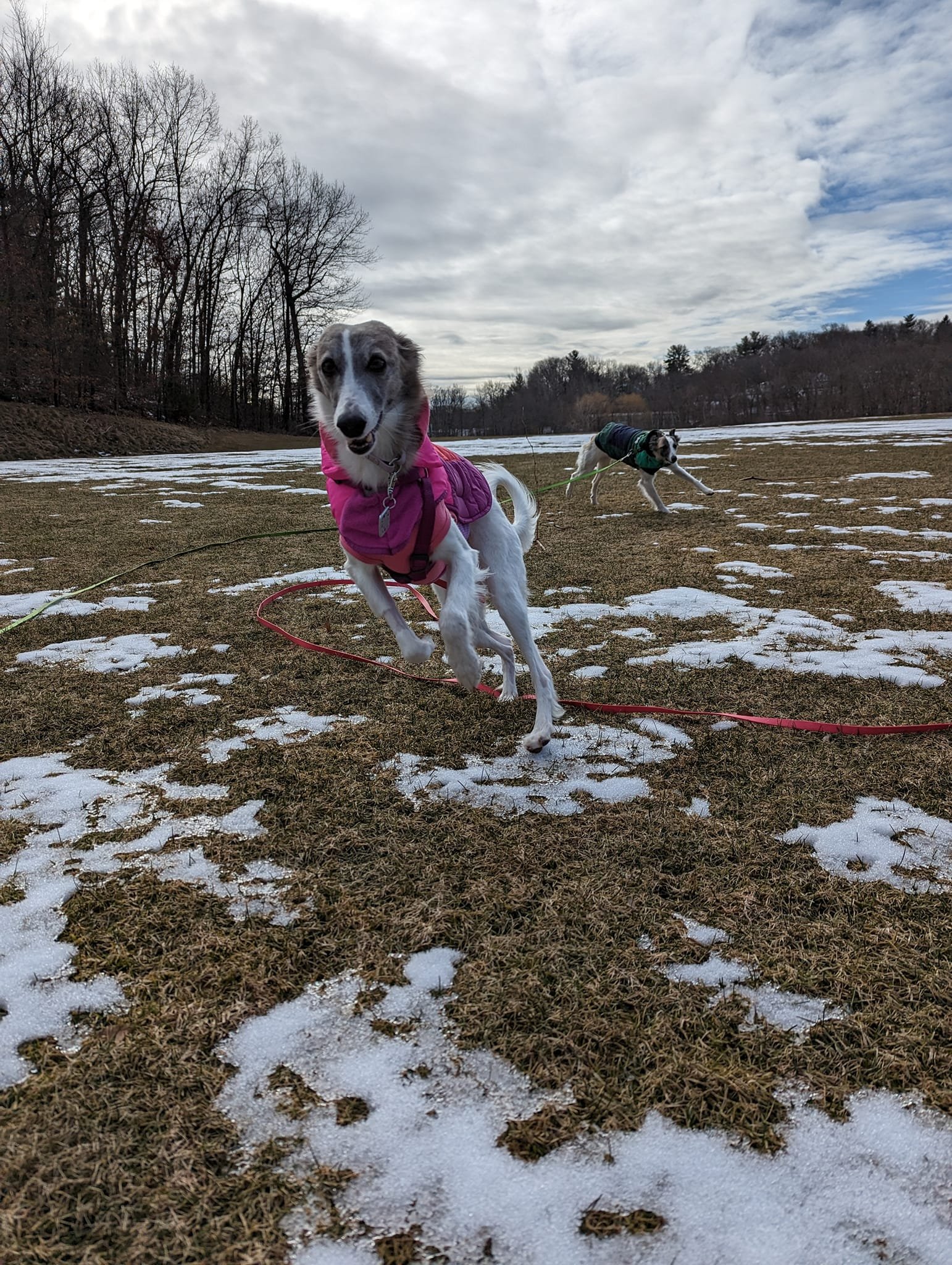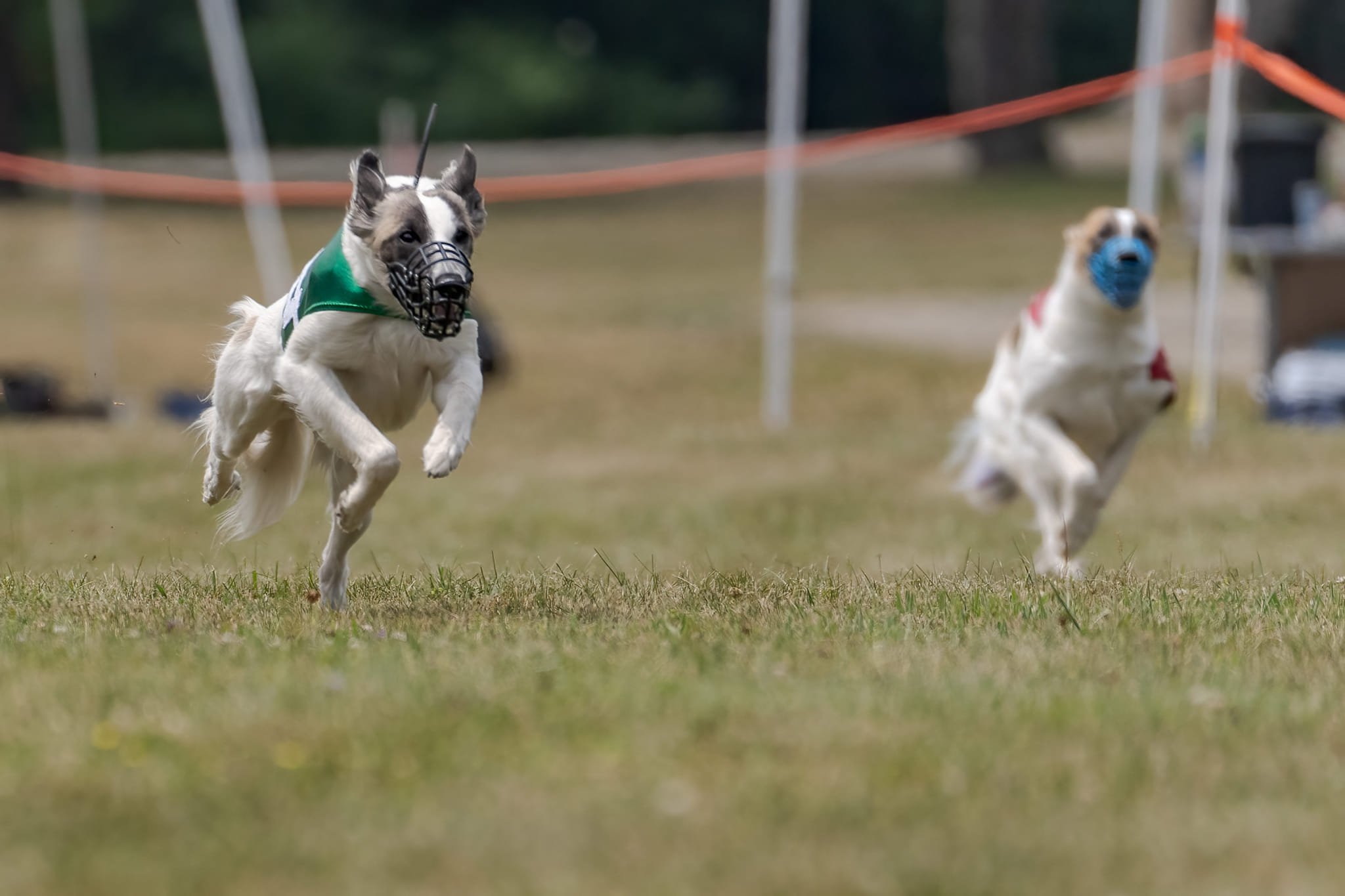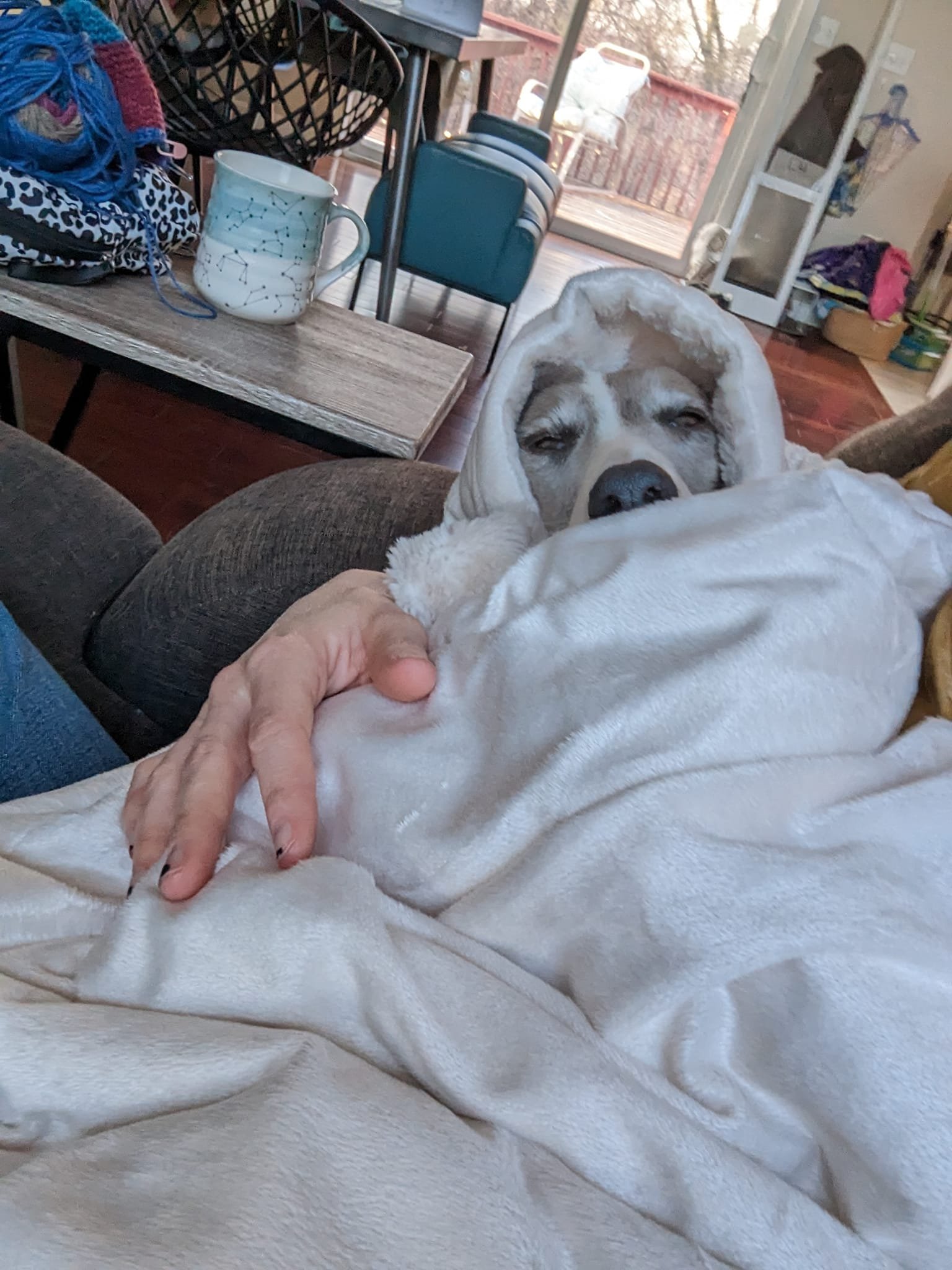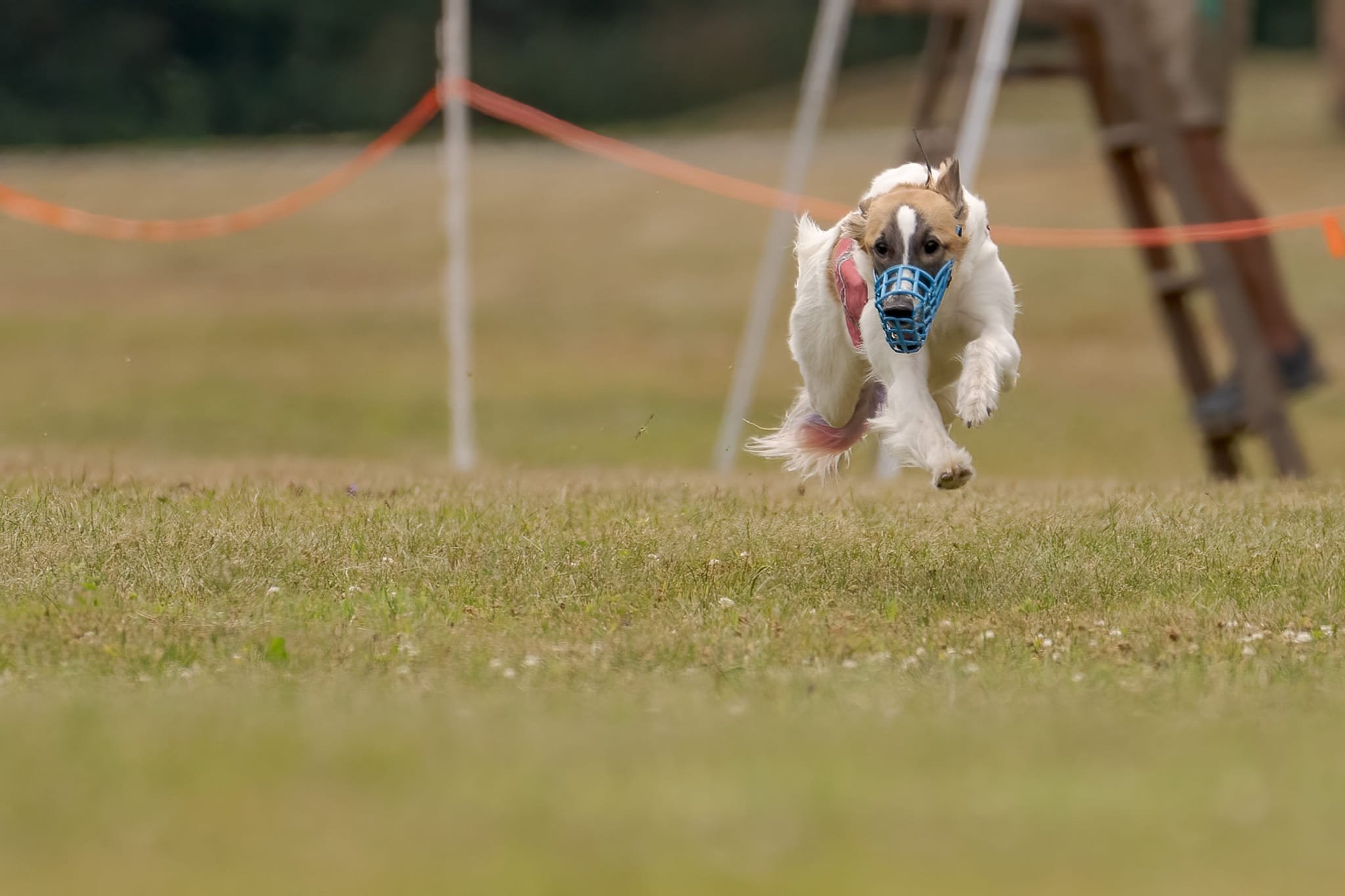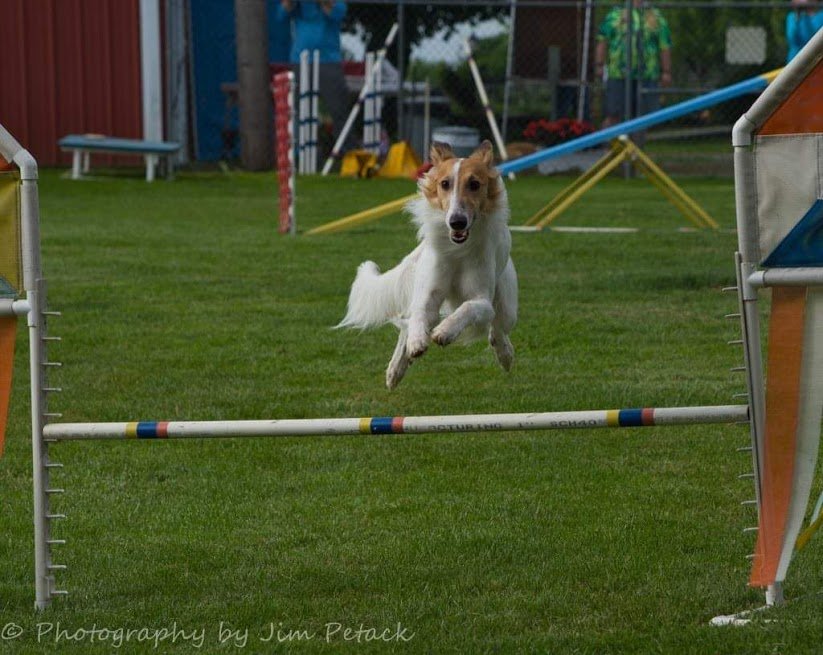the windsprite
Windsprites are small coated sighthounds. These delightful little dogs are easy to live with, low maintenance, affectionate, fun to train, and are incredibly versatile. Whether it’s agility, flyball, rally, hiking, lure coursing, or just snuggling up on the sofa with Netflix for the day, a Windsprite is ready for whatever you are.
Physical
Breed Standard
The Windsprite is a small athletic sighthound with well-muscled hindquarters, a strong loin, a deep powerful chest, and an elegantly arched neck. A graceful hound of great power with a flowing outline, Windsprites should be fit and conditioned to course in all types of terrain. Their coats come in a variety of colors with feathering on the back of the forelegs, under the chest, back of thighs, tail, and is longest at the neck. They gait effortlessly - low, level, and powerful, covering as much ground as possible.
Males should measure between 17 and 22 inches at the shoulders, females 16 to 21 inches.
(source: International Windsprite Club. Read the full breed standard here.)
General Health
Windsprites are a generally healthy breed and most will live comfortably to about 15-18 years of age.
Collie Eye Anomaly and Multi-Drug Sensitivity used to be present in the breed, but through genetic testing and careful breeding practices, it is no longer a threat to our dogs.
Some Windsprites have immune-related issues such as Allergies and Irritable Bowel Disease. A few others have Exercise-Induced Hyperthermia and Addison’s Disease.
Grooming
Windsprites are low-maintenance when it comes to grooming. A twice-monthly nail trim and brushing are all they really need. They do shed, but not near as much as a double-coated breed. Just be prepared to up their brushing schedule to once weekly during shedding season if you’re trying to keep the stray fur in your home under control. You might choose to trim the fur between their toes to keep their feet cleaner, but it isn’t necessary. Regular baths are not required unless it is your preference. Their coat is not absorbent, so when they get good and muddy all that mud just dries and falls right off.
Temperament
At Home
Windsprites are very well-mannered at home. In general, they are not big chewers, do not need a ton of continual exercise, are not destructive, don’t bark much, and are very good at resting when it isn’t their turn.
With an appropriate outlet for running, Windsprites would do well in a home or apartment. Several Windsprites are living it up in busy cities, so not to worry if you haven’t got a yard or a fence.
Your Windsprite will want to be where you are and will happily follow you along from room to room (including the bathroom) unless they’re sleeping. Despite their attachment to their people, Windsprites are not more prone to separation anxiety, although a few do exhibit symptoms of confinement anxiety when crated. (Confinement anxiety occurs whether you are home or not, Separation Anxiety only occurs when you are not home.)
A Windsprite will always want the most comfortable seat available, making it difficult to keep them off of furniture. This may not be a breed for you if you don’t like to share your couch. Comfy resting spots are a must - the squishier the better. Donut and pillow beds are most appreciated.
When guests come over there may be some excitement, but overall Windsprites are happy to share their home and meet new friends.
You’ll likely hear your Windsprite bark when someone is coming to your door, when someone (or some dog) new to the neighborhood is walking by your house, or when they’re playing. Otherwise, they’re relatively quiet.
A Windsprite’s off-switch is what makes them so incredibly easy to live with. When it isn’t their turn, or when there isn’t anything fun going on, your Windsprite will be more than happy to snooze the day away on the couch.
Windsprites do well with cats they live with at home, grooming and using them as pillows. Some Windsprites have a high prey drive, so it isn’t recommended that they share a yard off-leash and unsupervised. There are Windsprites who live happily with smaller “pocket pets”, but again, do not leave any dog unsupervised with a small pet.
Out and About
Windsprites love to go on adventures with their people. Most are happy and content to greet others, while some prefer to keep to themselves. The majority of sighthounds don’t mind meeting other dogs, however, they don’t always appreciate the juvenile, exuberant play of most large terriers and retrievers.
Windsprites naturally walk very well on a leash and are excellent off-leash since they love so much to be near their people. However, do expect that your Windsprite will notice and want to chase small prey animals - they are sighthounds after all.
Expect to be stopped while you’re out with your Windsprite, their elegance will capture the attention of many passers-by.
Trainability
Windsprites are highly sensitive to your emotions. If you’re upset, they’ll be the first to know it. Feeling sad? Expect a Windsprite in your lap. Feeling frustrated? Expect your Windsprite to go lay down on the other side of the room until you cool down. Because of their sensitive nature, Windsprites Do Not respond well to corrections. There is no need to harshly scold your Windsprite. If you’re that upset, a disgruntled gaze will do.
Windsprites are highly intelligent and catch on quickly to new skills. They do not love repetition or long training sessions, but they don’t need it. Their ability to generalize and catch on quickly to new skills and cues means less repetition is needed.
As far as rewards go, your Windsprite will appreciate variety, as with everything. While some Windsprites will, you should not expect a Windsprite to work for their regular kibble. A different brand and flavor of kibble may do it, but training treats are much more appreciated. Widnsprites also love to play, so using toys as rewards is also an excellent option.


